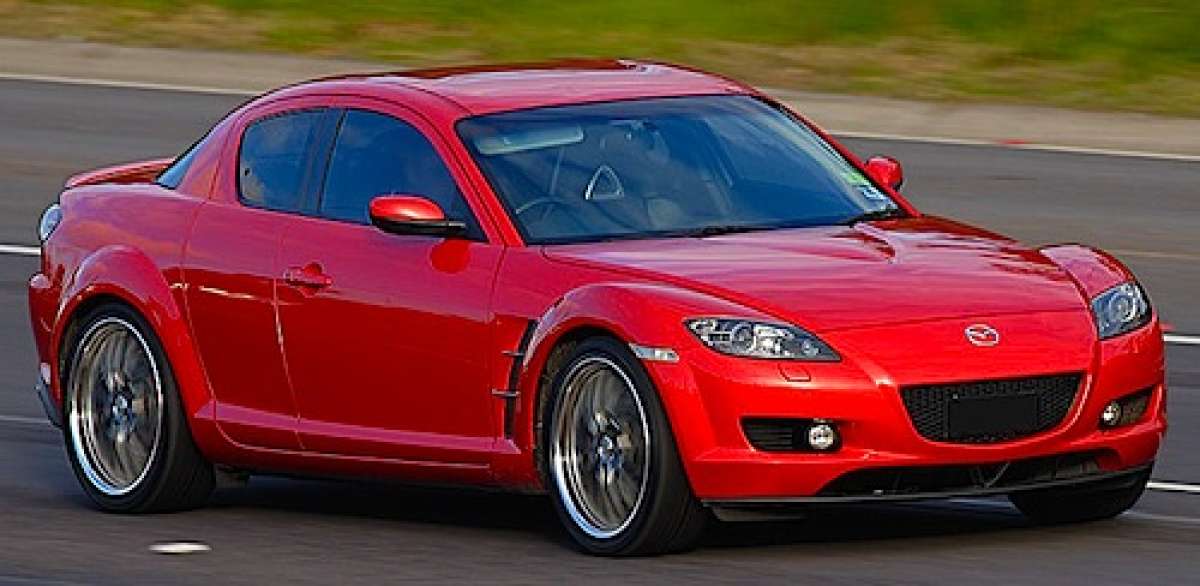Mazda has always made great handling cars and has always been an oddity as one of the last carmaker to insist on the Wankel rotary engine to move some of its cars. The engine has come a long way from its humble German origins and now boasts better and better efficiency. Coupling it to a plug-in hybrid platform makes the most sense.
Tweaked Output Rotary. The rotary engine is not know for the phenomenal torque, but is better suited to handle are constant low rpm. In this effect, a rotary engine is a natural for a plug-in hybrid platform. It even has the added advantage of being able to handle many types of fuel, including hydrogen. Could Mazda finally be hedging out its rotary engine development for future use with alternative energy cars? It would seem so.
A Mazda PHEV For 2013. The news is out, according to Takashi Yamanouchi, the Japanese automaker’s Representative Director and Chairman of the Board, President and CEO has announced the use of its rotary engine with a plug-in hybrid for 2013. But Mazda is still not letting go of gasoline-powered car and says a next-gen rotary sports car isn’t out of the question for now.
Technically Speaking. Speaking at the Moscow Motor Show this week, Yamanouchi explained that rotary engines are at their most efficient at low rpm and under constant load. This makes it an ideal power source for plug-in hybrids. The Mazda system hints at being used by having the rotary engine charge a battery pack that would power an electric motor to move the car, commonly known as a series-plug-in hybrid. What we don’t know yet is whether it will become a parallel plug-in hybrid where the rotary engine also moves the wheels, as the Volt does in certain situations.
Mazda has been on the prowl and the introduction of its SkyActiv has certainly shown the regular internal combustion engine with opposing pistons still has some life in it left. By increasing the compression ratio, at time 16:1 with direct injection and turbocharged, the company has given us very fuel-efficient cars. A cutaway of its engine proves how far the company went to deliver horsepower while lower emission drastically.
Mazda has held out a long time against the time denying the viability of the electric drive. While other companies poured their resources in battery technology, and at the very least hybrids, Mazda has continued to refine and tweak its rotary engine. It might finally pay off as a generator, since its low rpm makes it ideally well suited for a plug-in hybrid platform. We look forward testing the 2013 Mazda rotary plug-in hybrid when it is made available.






Comments
This rocks hard enough to be
Permalink
This rocks hard enough to be included in Ozzfest. Very cool news from Mazda. Plus, it means we get to keep saying "Wankel Rotary Engine". Comon, say it without a smirk. Keep tryin'.. Ya, you can't do it either.
I know, can't stop using it
Permalink
In reply to This rocks hard enough to be by Aaron Turpen
I know, can't stop using it Wankel Rotary Wank&%...